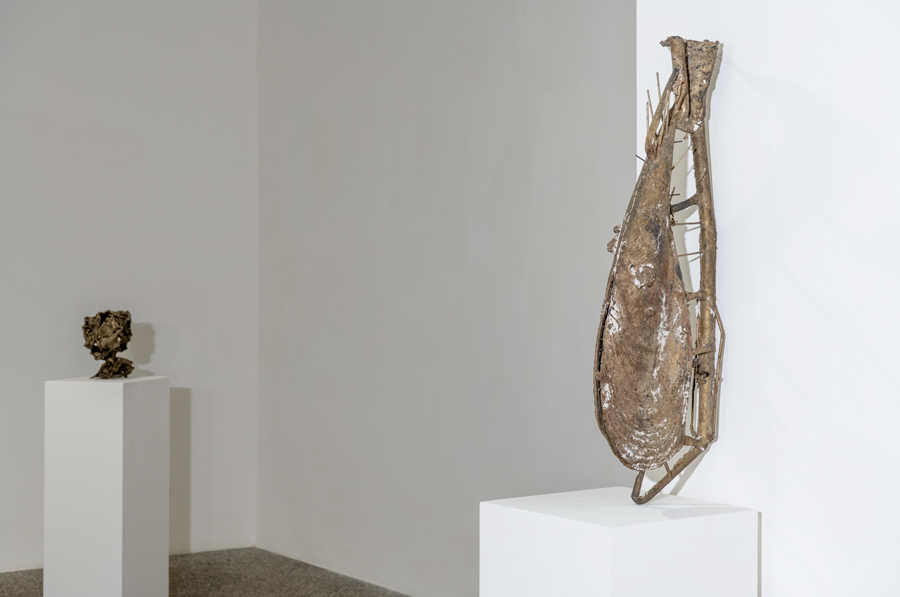Building the Future: Contemporary Art and Public Policy
Supporting contemporary art is not merely about exhibiting it: it means building a collective memory, ensuring continuity for critical thinking, and guiding the present toward new forms of awareness. For years, the Ministry of Culture has promoted initiatives such as PAC – Piano per l’Arte Contemporanea, Italian Council, and Strategia Fotografia, all vital tools for supporting and expanding public collections. The MAN (Museo d’Arte Provincia di Nuoro) has seized these opportunities, standing out nationally with numerous winning projects that have enriched its permanent collection, enabled dedicated exhibitions, and strengthened the dialogue with the local community, artists, and the major issues of our time.
With the winning project of PAC 2022–2023, in girum imus nocte by Giorgio Andreotta Calò, the museum acquired a series of works conceived in Sardinia between 2013 and 2018. At the heart of the project is the eponymous film, documenting a nighttime journey taken by the artist alongside around ten miners from the Nuraxi Figus site of Carbosulcis S.p.A., the last active mine in Italy. In a moment of particular significance for the Sardinian community, Andreotta Calò offers a layered reflection on the region. Thanks to PAC, in girum imus nocte and the bronze sculptures dogod and Pinna Nobilis have permanently returned to Sardinia, amplifying the semantic resonance of these works.
Similarly, La Montagna Magica by Micol Roubini – acquired through Italian Council 2022 – traces one of the most complex episodes in Italian industrial history. The environmental video installation explores the post-industrial development of the Balangero and Corio area, once home to the Amiantifera, the largest open-pit asbestos mine in Europe, now the focus of an extensive reclamation project. The work reflects on the wounds of the land through memories tied to asbestos, and on nature’s slow reclamation of the area.
In previous years, Italian Council had already allowed MAN to acquire the video installations Flu水o by Alessandro Sciarroni and Zwei (two) by Christian Niccoli (2020 edition), as well as the installation Via San Gennaro by Sonia Leimer (2018). Meanwhile, the Strategia Fotografia program, through its 2022 and 2023 editions, has enriched the museum’s photographic holdings with two significant projects. After the Last Imageby Luca Spano interrogates the very nature of vision, questioning images and the way we perceive reality. Abitare l’immagine by Cristian Chironi, on the other hand, brings together nine photographs from three early series, documenting landscapes and memories from the province of Nuoro, activating dynamic layers of interpretation between land, identity, and memory.
These calls for proposals represent forward-thinking cultural policies that enable institutions to plan for the long term, building collections capable of conveying the complexity of the present. The acquisitions mentioned are only part of the projects MAN has been able to realize thanks to ministerial support: a mosaic in the making, composed of visions, territories, and stories. It is a testament to a continuous commitment to valuing contemporary art and strengthening the museum’s role as a critical observatory of our time. The heritage grows—but so does the critical gaze, built year after year around these shared visions.
Elisabetta Masala

